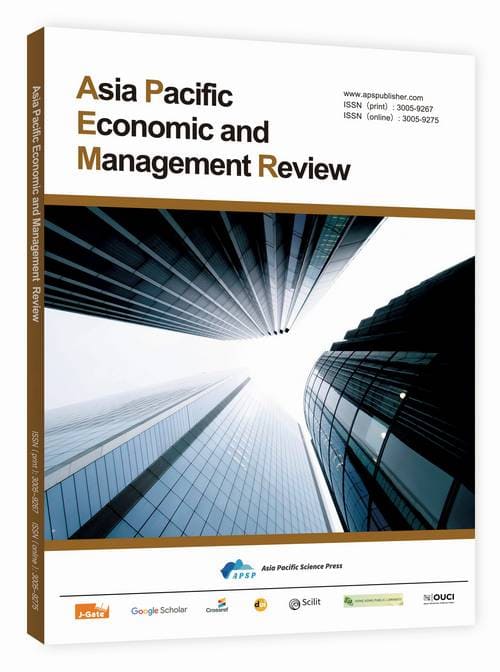The Impact of Financial Misallocation on Corporate ESG Performance
DOI:
https://doi.org/10.62177/apemr.v2i5.822Keywords:
Financial Misallocation, Financing Constraints, Green Finance, Supply Chain Concentration, Nature of OwnershipAbstract
Against the strategic backdrop of green finance promoting the achievement of the "dual carbon" goals, enhancing corporate ESG performance has become an important pathway for achieving sustainable development. However, the widespread phenomenon of financial misallocation, particularly the structural imbalance in the allocation of green credit resources, significantly constrains corporate ESG performance. Based on data from China's A-share listed companies from 2009 to 2022, this study examines the impact of financial misallocation on corporate ESG performance. The results indicate that financial misallocation significantly inhibits corporate ESG performance, a conclusion that remains valid after robustness tests. Mechanistically, financial misallocation hinders ESG improvement by exacerbating supply chain concentration, increasing financing costs, and suppressing green innovation. Heterogeneity analysis further reveals that the negative effect of financial misallocation is more pronounced in non-state-owned enterprises with insufficient green finance coverage, high-carbon emission industries, and the western region. This research provides important theoretical support and policy insights for enhancing corporate ESG performance by optimizing the allocation of green financial resources and correcting credit discrimination.
Downloads
References
Altman, E. I. (1968). Financial ratios, discriminant analysis and the prediction of corporate bankruptcy. The Journal of Finance, 23(4), 589–609.
Wang, Z. J., Liu, S., & Wang, Z. Q. (2022). Leverage misestimation, stock pricing errors, and credit misallocation. Modern Finance and Economics, 42(6), 72–90.
Zhang, L., & Fan, J. J. (2022). How financial resource misallocation hinders technological innovation: A perspective based on technological gaps. International Business, (3), 87–105.
Zhong, T., & Wang, C. Y. (2017). Financial development and corporate innovation output: A comparative perspective based on different financing modes. Journal of Financial Research, (12), 127–142.
Bu, Y., Du, X., Wang, Y., Liu, S., Tang, M., & Li, H. (2024). Digital inclusive finance: A lever for SME financing? International Review of Financial Analysis, 93, 103115.
Bai, H., Wu, Y., & Wang, R. (2023). Does digital financial inclusion lead to regional differences in trade credit financing? A quasi-natural experiment. Economic Analysis and Policy, 80, 1475–1489.
Ning, X. P., & Zhang, Q. J. (2020). Enterprise leverage level, leverage transfer, and financial misallocation: Evidence from China’s Shanghai and Shenzhen A-share listed companies. Nankai Business Review, 23(2), 98–107+120.
Shao, T. (2010). Financial misallocation, ownership structure, and capital return rate: Evidence from China’s industrial enterprises (1999–2007). Journal of Financial Research, (9), 51–68.
Zhou, Y. H., & Zhang, S. Y. (2014). Financial misallocation, asset specificity, and capital structure. Accounting Research, (8), 75–80+97.
Downloads
How to Cite
Issue
Section
License
Copyright (c) 2025 Hongli Guo

This work is licensed under a Creative Commons Attribution-NonCommercial 4.0 International License.
















